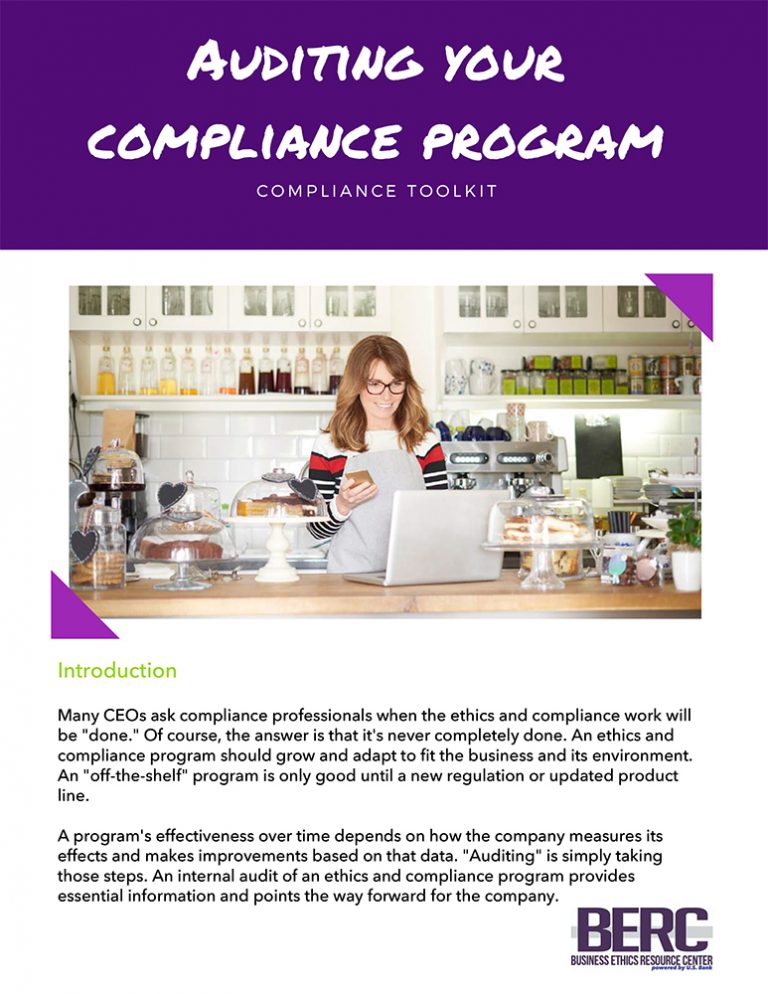Social media is a powerful marketing tool, but think before you act.

Social media is a powerful tool for reaching audiences directly. Over the past decade, businesses have established accounts on all of the major social media platforms, from Twitter and LinkedIn to Facebook and Instagram. Businesses have joined the conversations consumers are having about their brands, and while this exposure has been a net benefit for many, those that jumped in head-first without concerns for ethical practices found themselves embroiled in controversy and crisis. As you navigate the continuing evolution of social media tools, here are five principles to keep in mind for avoiding ethics pitfalls on social media.
1. Maintaining trust is the key to keeping your audience
Building and maintaining trust online can be a difficult task, particularly when your audience is wary of marketing messages. Each time you post from a business account, you run the risk of jeopardizing your credibility by sharing and supporting information from the social web that is not trustworthy. Combat this risk by vetting the source of any information you plan on sharing, and work to verify the facts before you post, like, retweet or share content.
2. Clearly define proper etiquette for all employees
At the heart of ethics is a single question: how does one act right. The answer to this question relies on what we define as good and bad behavior. In a business setting, we often look to our human resources or human capital managers to lay out a code of conduct that promotes professional behavior when interacting with colleagues and those outside the business alike. These guidelines often ask an employee to guide their actions with empathy–to consider their own behavior and the impact it might have on others, while recognizing that differing personalities, characters, and management styles should not interfere with fair treatment.
Social media should be viewed through a similar lens where tone and behavior conform to your code of conduct. Though the specific uses for social media may differ from business to business, providing your employeess with clear guidelines on appropriate behavior and tone across your platforms is a great first step in engaging your audiences in a productive way.
3. Transparency builds authority
When sharing content, keep in mind that audiences do not appreciate content that appears manipulative. More than ever, internet users are over-saturated with advertisements, and those that contain half-truths are easily discovered by the social community. Confirm that all of your social media content contains transparent and trustworthy information.
Social sharing that is genuine, timely, and relevant brings measurable benefit to your business—Google’s algorithms now give preference to high quality, authoritative content. If you’re going to share branded content, be up front about it, and make sure to leave out any misleading information.
4. Acknowledge that the conversation is owned by the community, not the company
Any time you connect with a social media network, you are entering into a conversation that existed before you joined and will continue after you leave. Think of logging on as walking up to a group of people talking on the street. They are passionate about their conversation and are willing to welcome you into the fold–but they are there for the conversation, not for you.
Often times, businesses that fail to recognize this end up trying to hijack the conversation around their brand, forfeiting valuable goodwill for a brief bit of attention. Not only is this not in your best business interest, it’s not a respectful way to deal with potential customers. Success with social media requires identifying appropriate times to engage that allow you to contribute to the conversation.
5. Remember that actions have ripple effects
Communicating with an audience via social media requires you to be aware of the larger context on the network. There are millions of other conversations occurring simultaneously on social media platforms, and these conversations can overlap and separate fluidly.
When a large portion of them come together, content can go viral. When this happens on a topic that is positive for the business, (like a heart rending tale of helping a customer through a challenging moment) it’s a great win. When the opposite occurs, and something that negatively reflects on the business goes viral, you may find yourself in a communications crisis. Considering not just the audience you’re targeting, but the audience you may reach, adds another layer of complexity to social media communications.
Social media is a powerful tool for sharing your company story and extending your values into the community. But when in doubt, think twice about which conversations you enter, what you post, and your tone in doing so. If issues or topics might take you into an ethical “grey area,” then it’s often better to just sit that conversation out.


